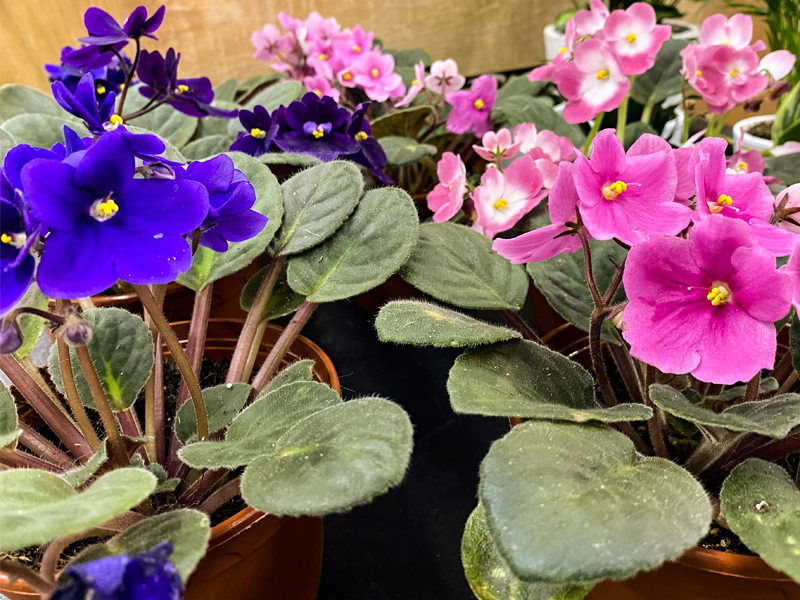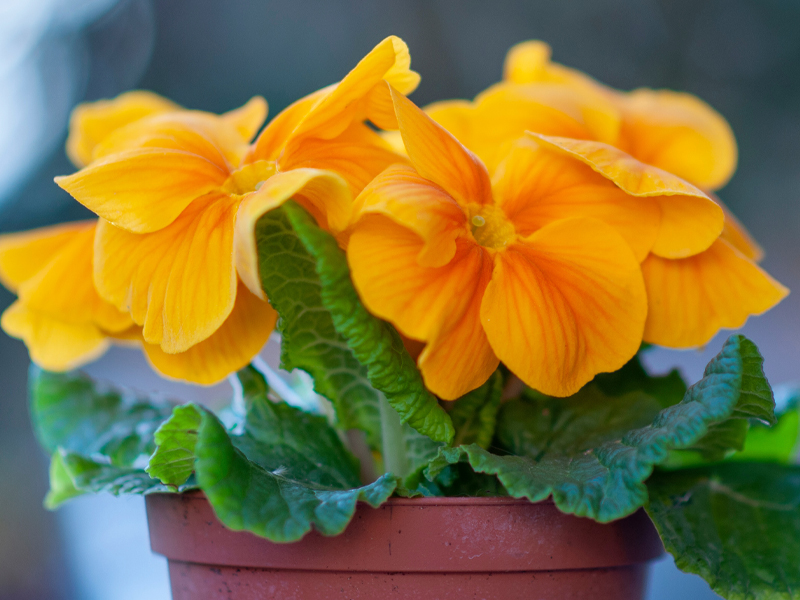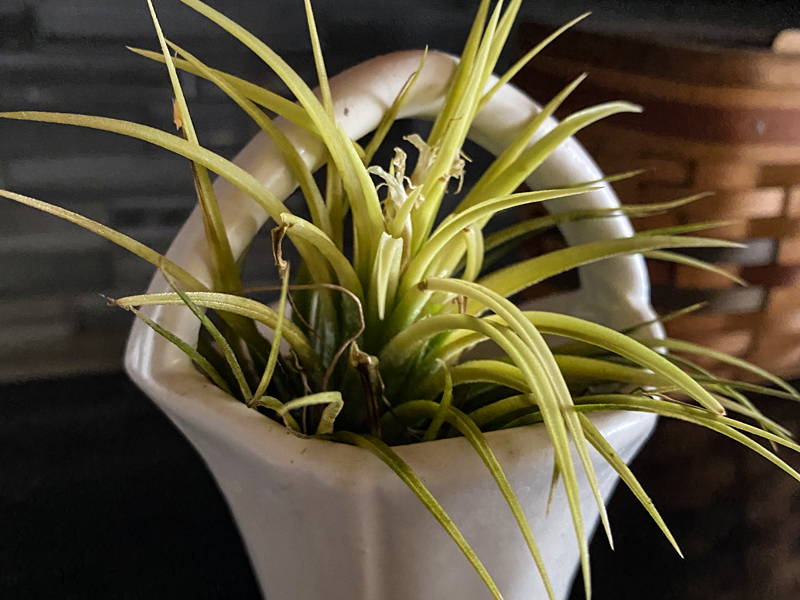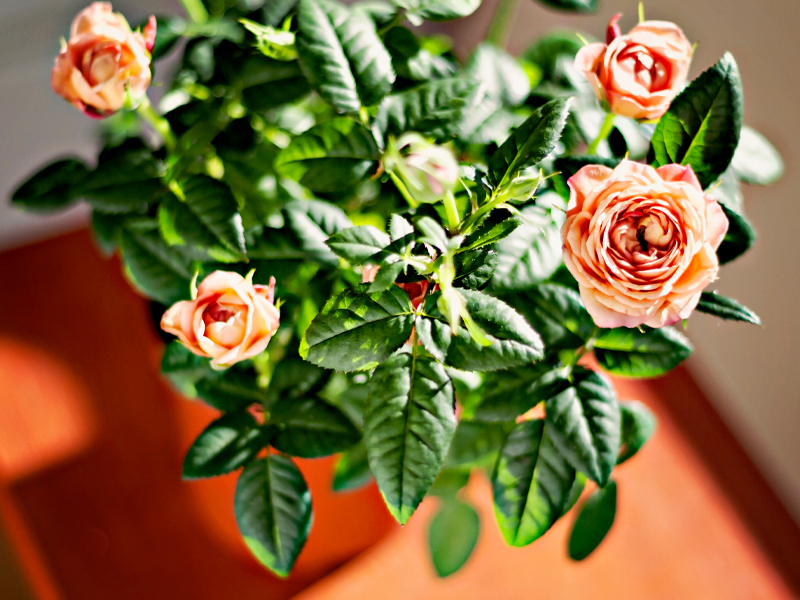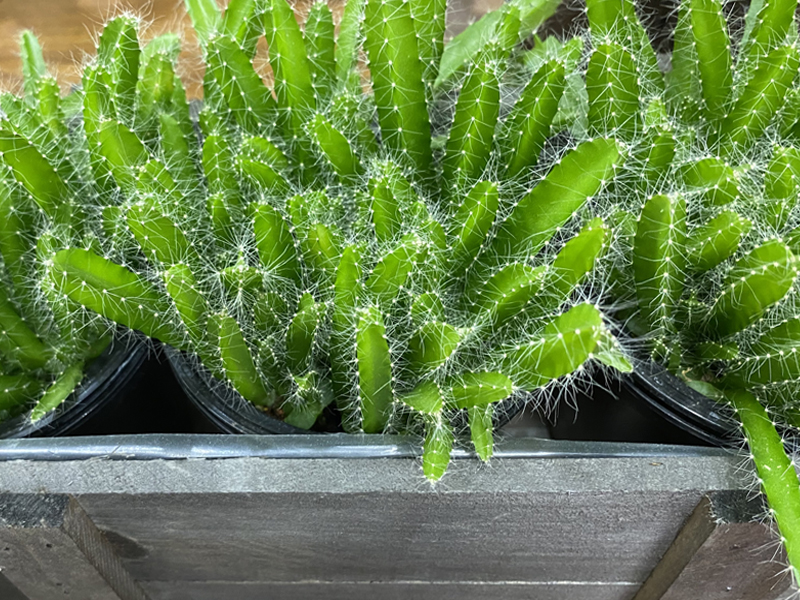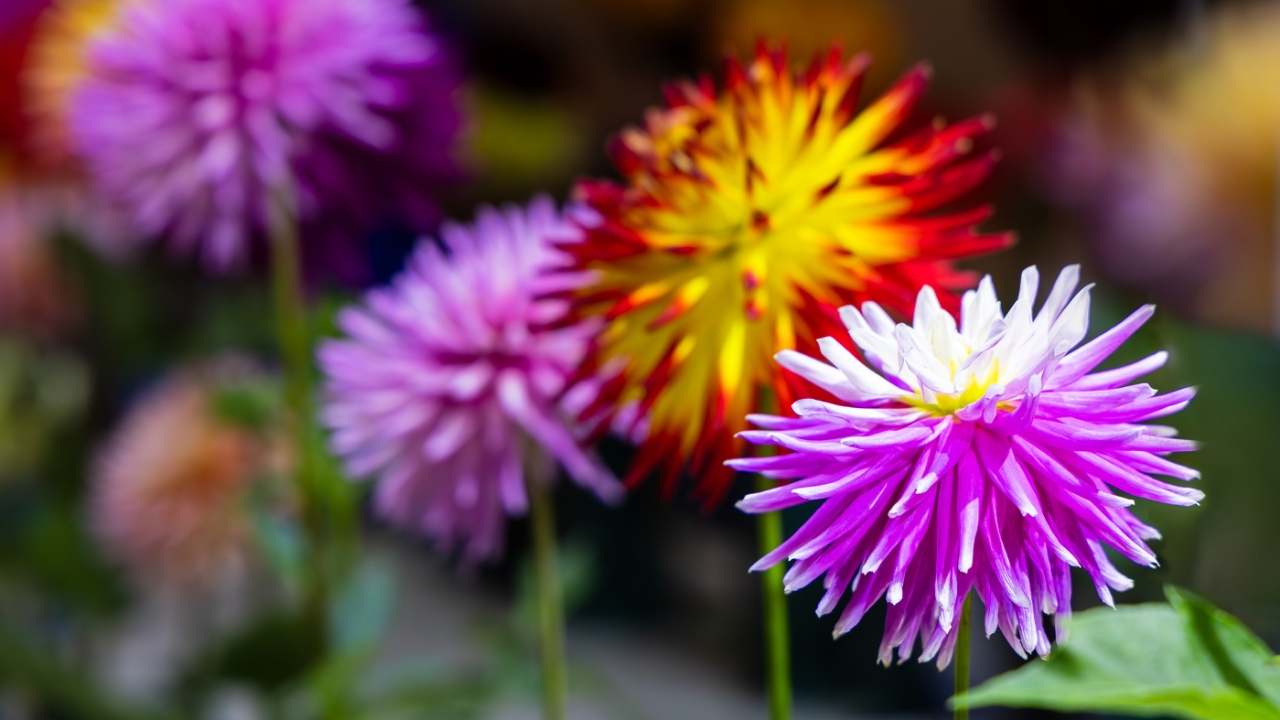

Smart Gardener
Honey, I Shrunk the Houseplants

What’s not to love about big, beefy Boston ferns or tall parlor palms? They serve as lush, green focal points in a room and, like rubber plants and ficus trees, they demand adequate space to strut their stuff.
Then there are tiny indoor plants that are, let’s just say, supremely cute. Miniature orchids, primroses, African violets, roses, pitcher plants, Venus fly traps, shamrocks, and many cacti and succulents—most can fit in small pots on or near a windowsill. Hang air plants (Tillandsia) from a string or set them atop a trio of shot glasses or elegant candlesticks—no soil required!
There are petite versions of many popular indoor plants—mini jade plants (Crassula minor), miniature moth orchids, even miniature Sansevieria (mother-in-law’s tongue/snake plant). They’re finding their way into apartments, dorm rooms, along kitchen and bathroom counters, and dangling from macrame hangers in front of windows.
The small root systems of these diminutive divas can fit into just about any container—tea cups, mugs, recycled spice tins, glass candy dishes, a small elegant cake plate on a pedestal, a sugar bowl or creamer, as well as more traditional ceramic pots.
Resale stores, antique shops, and garage or estate sales can be rewarding if you’re looking for inexpensive, unusual containers to hold your plants. The only caveat is that if the container has no drainage holes, it’s best to keep the plant in its original plastic or terra cotta pot (with drainage holes) and set it into the more decorative one. (When you water, drain the standing water after an hour so the roots won’t rot in waterlogged soil.)
These teeny wonders work well under lighted kitchen cabinets where they take up very little space. During winter, the sunlight is weaker than in summer, but it’s also at a different angle—lower in the sky—and comes more directly indoors. Windows facing north and east offer less light than those facing south or west. As you move plants away from the sill, even a foot, the light intensity reaching the leaves drops dramatically. However, some plants, like African violets, primroses and cyclamen do not fare well when the sunlight shines directly on their foliage.
One clever gardener uses two slim suspension rods inside of her kitchen window frames to hold several lightweight 2-inch-square pots that sit on narrow trays to catch any water. The windows face south and are perfect for her sun-loving succulents planted in old empty spice tins that have a few drainage holes in the bottom, courtesy of a hammer and nail. If one mini is good, a grouping of them is even better. Here is a sample of space-conscious plants for your indoor garden.

Pint-sized plants
When you’re at the garden center or the floral department at the grocery store, look for other pint-sized plants including spikemoss (Selaginella kraussiana var. brownii), brass buttons (Leptinella), baby’s tears (Soleirolia), cyclamen, cape primrose (Streptocarpus), nerve plant (Fittonia), and money plant (Pilea).
And, the next time you visit the Garden, stop by the Greenhouses where fragrant flowering plants, seasonal plants, and houseplants from around the world await.
Nina Koziol is a garden writer and horticulturist who lives and gardens in Palos Park, Illinois.


